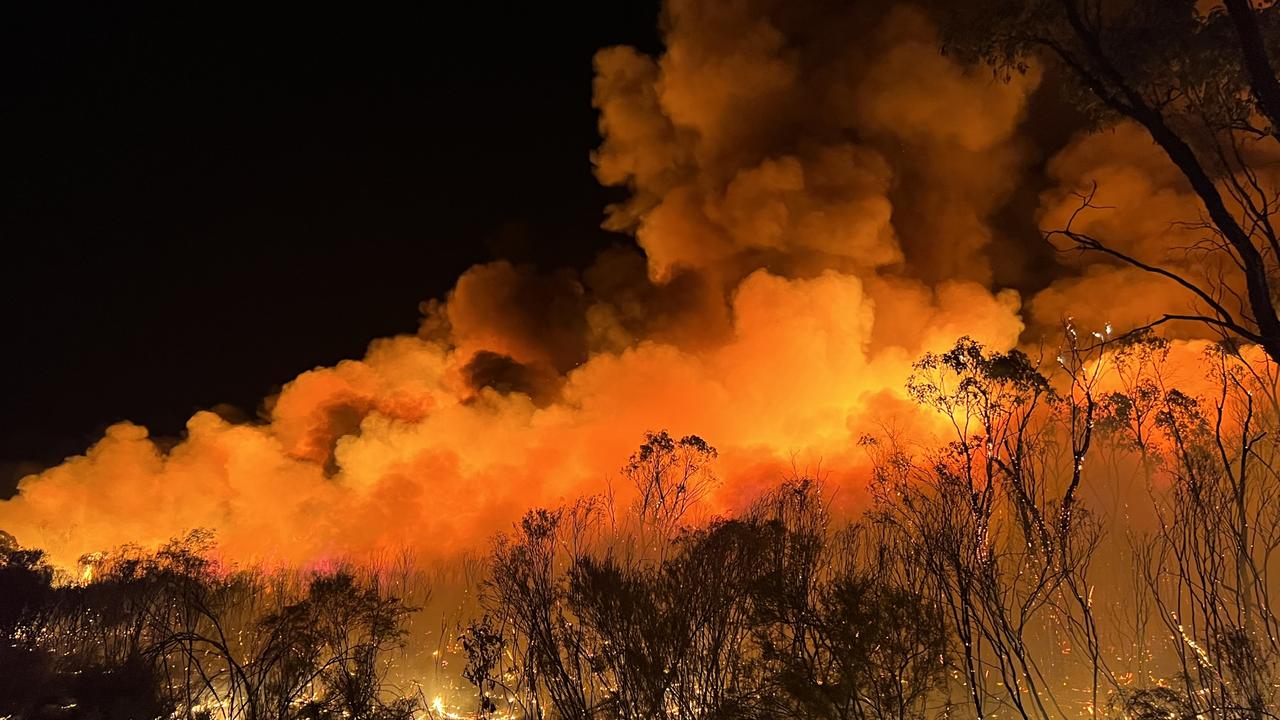Proactive Building Defense: Leveraging the Insights of a BAL Report
Proactive Building Defense: Leveraging the Insights of a BAL Report
Blog Article
Just How BAL Report Impacts Shrub Fire Security Measures
In the realm of bush fire protection, the Structure Assault Level (BAL) report stands as a critical tool that substantially influences the security and durability of properties in fire-prone areas - BAL Report. The impact of a BAL evaluation extends far past mere documentation; it works as the foundation for determining the appropriate building and construction standards and fire protection procedures needed to mitigate the dangers posed by bushfires. As areas come to grips with significantly extreme fire periods, comprehending just how the BAL report shapes these protective actions ends up being paramount for policymakers, contractors, and property owners alike
Recognizing the Bushfire Attack Level

Importance of BAL Report Analysis

Additionally, the BAL report assessment serves as a fundamental action in adhering to legal commitments and needs associated to bushfire defense. Local councils and authorities usually mandate the entry of a BAL report as component of the planning and building approval procedure to make certain that buildings are adequately secured versus bushfire risks. Falling short to carry out a thorough BAL record evaluation can lead to inadequate protection measures, leaving residential or commercial properties susceptible to ruining bushfire cases.
Building Standards Based Upon BAL
A detailed understanding of the Bushfire Attack Degree (BAL) enables residential or commercial property proprietors to carry out building and construction requirements tailored to their details threat account. Building standards based on BAL are vital in minimizing the impact of bushfires on buildings. The BAL ranking classifies the possible threat a residential property encounters during a bushfire on a range from BAL-Low to BAL-FZ (Fire Zone) Each BAL level represents particular building demands laid out in the Australian Common AS3959-2018 Construction of Buildings in Bushfire-Prone Areas. For example, residential properties classified as BAL-Low might only require standard steps such as getting rid of particles and keeping gardens, while those in greater BAL classifications require more robust steps like coal displays, fire-resistant materials, and sealed home windows. Abiding by dig this these construction requirements not just enhances the structural durability of the property but additionally enhances the total security of homeowners during a bushfire occasion. Property proprietors should very carefully consider their BAL ranking and abide with the corresponding construction requirements to sufficiently secure their occupants and homes.
Applying Fire Security Steps
With the structure of construction criteria based on Bushfire Attack Level (BAL) in position, the focus now shifts in the direction of the useful implementation of fire defense steps to fortify residential or commercial properties versus bushfire dangers. Executing fire protection measures includes a combination of passive and energetic methods to improve the durability of structures in bushfire-prone locations. Passive measures include using fire-resistant structure products, mounting cinder guards on vents, securing voids in roofs and walls, and preserving a clear room around the residential property devoid of combustible plants. Energetic steps incorporate having firefighting devices conveniently available, such as pipes and water pumps, along with creating a defendable space around the residential or commercial property by getting rid of greenery and having a properly maintained garden. Furthermore, creating a discharge strategy and ensuring all homeowners are conscious of emergency situation treatments are vital components of effective fire protection actions. By incorporating both passive and energetic strategies, properties can dramatically minimize their vulnerability to bushfire cases and increase the security of residents.
Safeguarding Houses Versus Bushfires
Properly securing homes against the devastating impacts of bushfires calls for a detailed and proactive strategy to fire security measures. Home owners living in bushfire-prone locations must prioritize the execution of read review different strategies to boost their residential or commercial property's durability versus wildfires. One essential facet is producing a defensible room around the home by keeping a clear zone devoid of combustible products. This consists of on a regular basis trimming plant life, getting rid of dead plants, and making certain a safe range in between trees and structures. Mounting fireproof roof products can additionally considerably minimize the threat of coal assaults and direct fire call. Additionally, sealing voids and vents to stop ash breach, as well as integrating fireproof windows and doors, can help fortify the home's defense against bushfires. Spending in a reputable water resource, such as a well-kept lawn sprinkler or a committed water container, is vital for providing water throughout fire emergency situations - BAL Report. By embracing a positive stance and integrating these protective steps, house owners can significantly increase their chances of safeguarding their homes against bushfires.
Verdict
In verdict, the Bushfire Assault Level (BAL) record plays a crucial duty in determining the essential defense steps versus bushfires. By assessing the BAL, building and construction requirements can be customized to mitigate the threats and guarantee the safety and security of homes in fire-prone areas. Implementing fire defense procedures based on the BAL report is important in guarding buildings from possible bushfire risks. It is important for home owners to prioritize BAL analyses and comply with suggested building and construction requirements to boost bushfire resilience.
In analyzing bushfire threat to properties, understanding the Bushfire Strike Degree (BAL) is a critical component for executing efficient security actions. On the whole, a clear understanding of the Bushfire Strike Level is important for carrying out appropriate defense measures and minimizing the impact of bushfires on residential or commercial properties.

Report this page